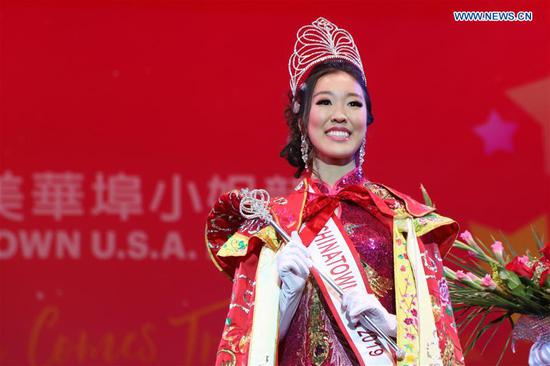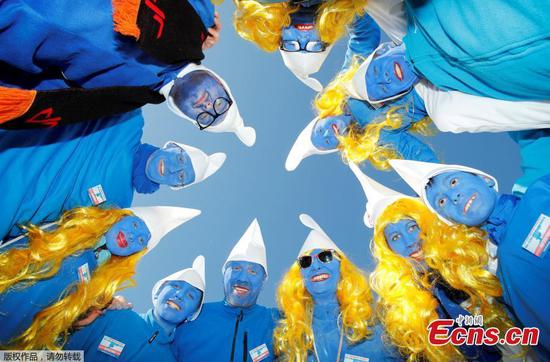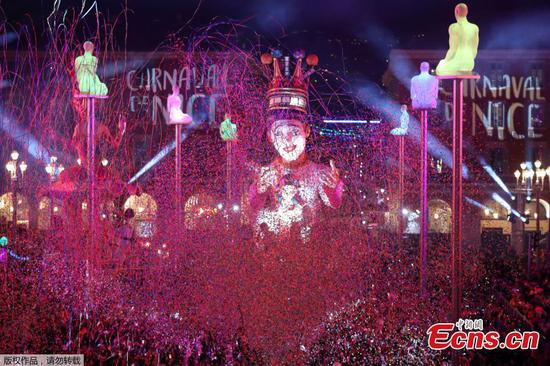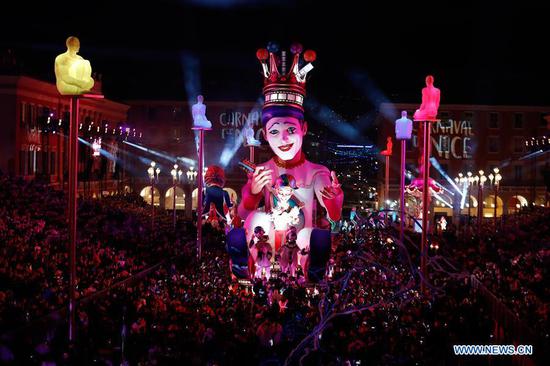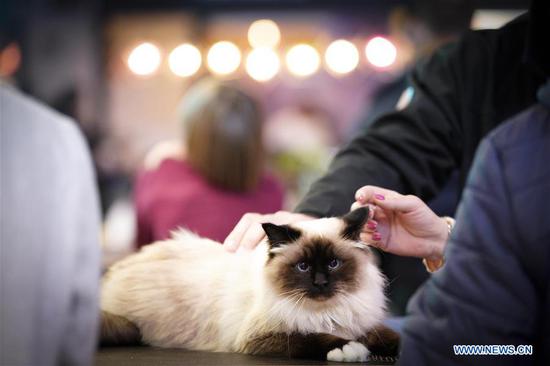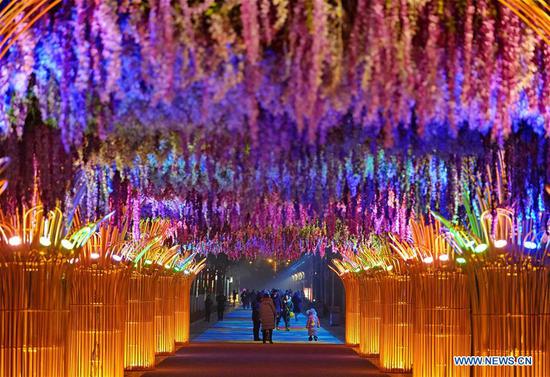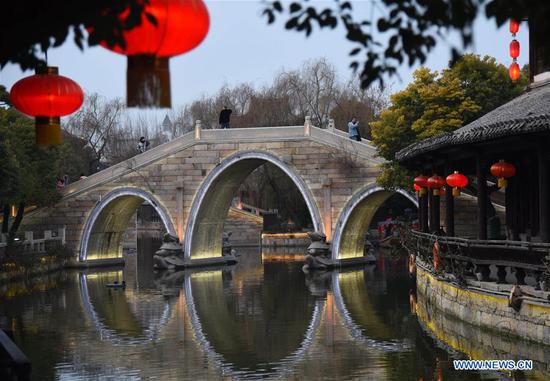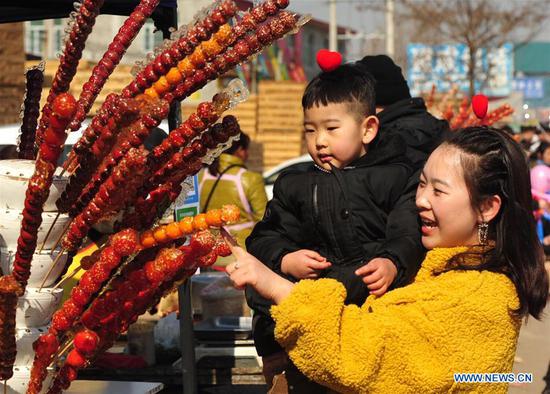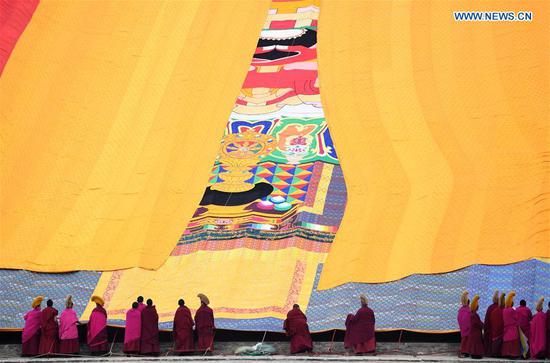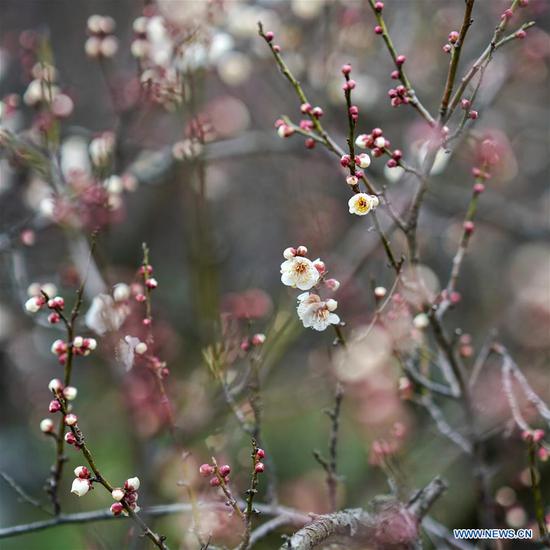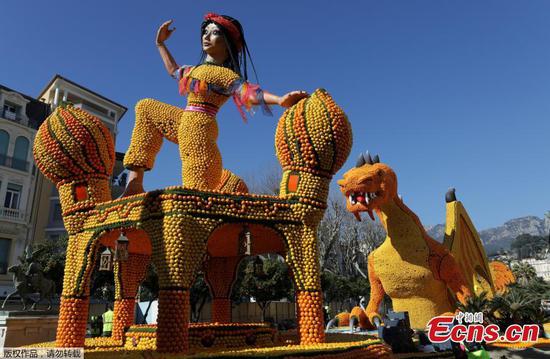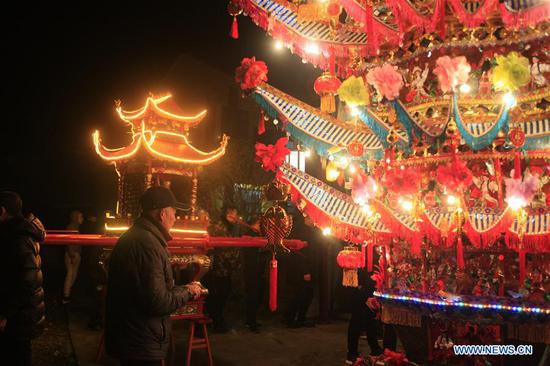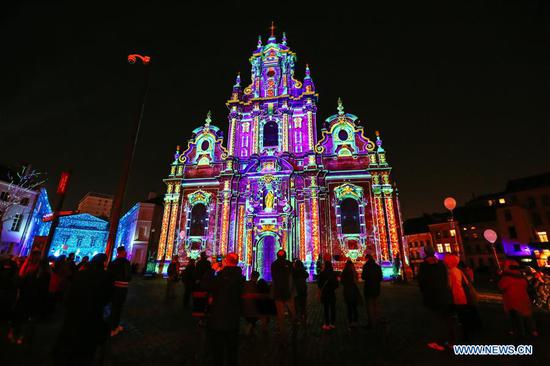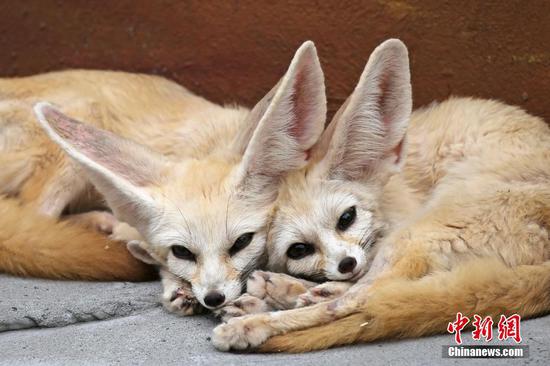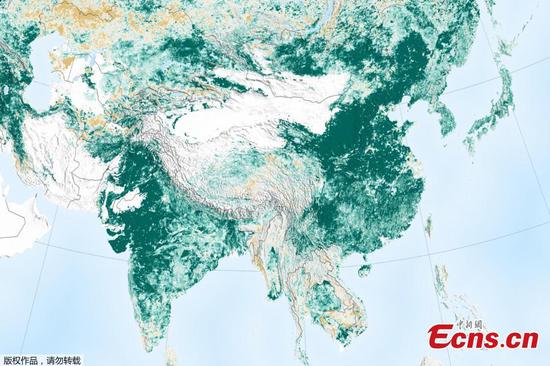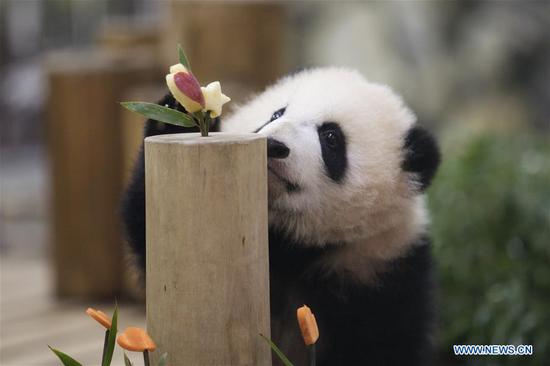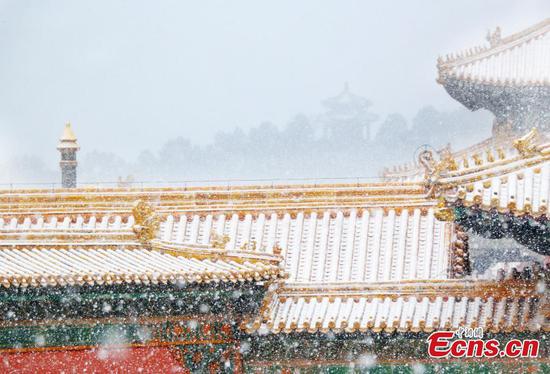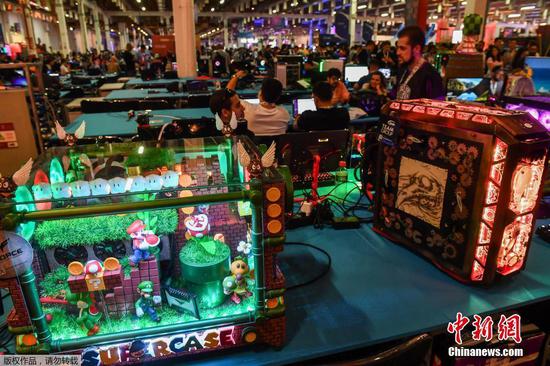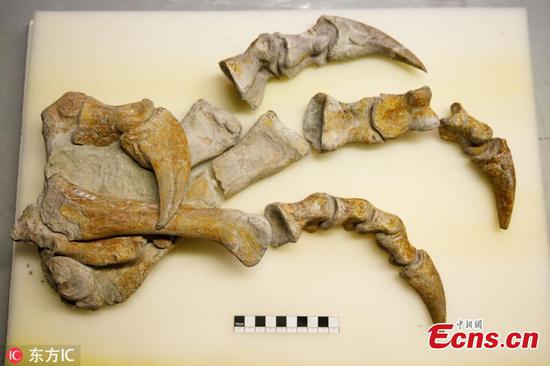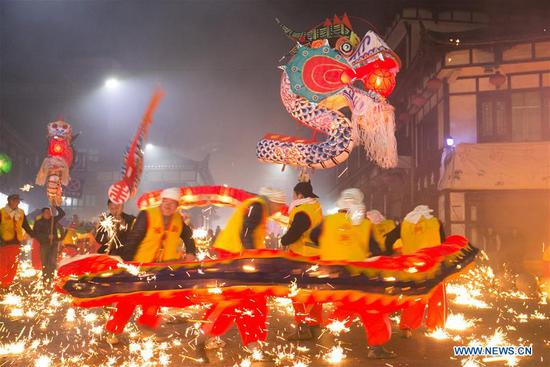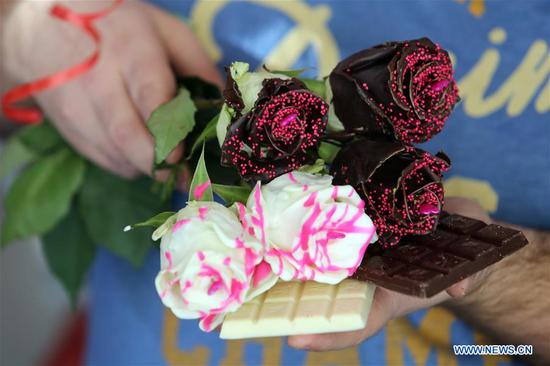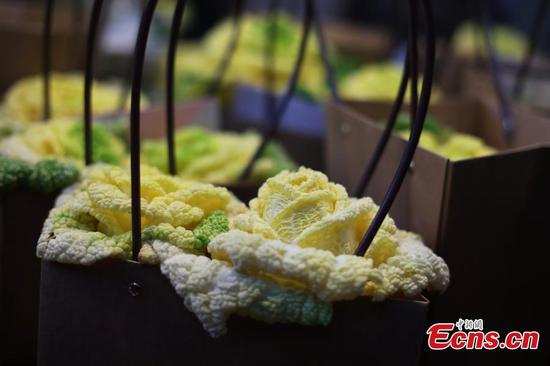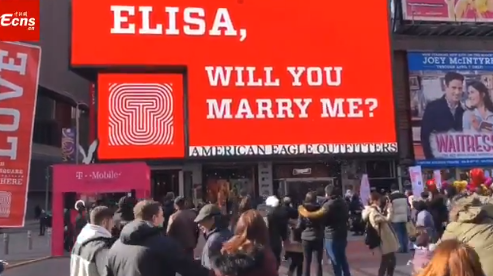Apart from luxury goods shops, department stores or consumer appliance outlets, what Chinese tourists frequent the most abroad these days are museums.
Tell-tale online search results on travel apps/websites indicate that they include at least one museum - say, the Louvre Museum in Paris or the Vatican Museum - among their top five preferred destinations.
Since nearly 150 million mainland tourists visit overseas destinations annually, museums are raking in the moolah, and pulling out all the stops to serve mainland visitors well, as evidenced from museum maps and audio guides in Chinese language.
As word spreads on social media about satisfactory user experiences, it is further boosting cultural consumption of Chinese tourists overseas.
A shared image of one posing with a latest luxury handbag bought overseas may either elicit likes or lead to perceptions of snobbery, but not many appear to dislike pictures of one in front of centuries-old statues or oil paintings.
Not surprisingly, such tourists tend to also visit local museums on the mainland, boosting their revenue.
Proof: WeChat updates during the recent Spring Festival holiday. I'd bet some of your contacts must have visited the Palace Museum in Beijing, or similar iconic attractions elsewhere in China, during the holiday.
If more proof were needed, it came from official data. There was a time when winter was a slack season for the Palace Museum. But all the tickets available online for the seven-day holiday were sold out well before the Chinese New Year's Eve on Feb 4.
The number of visitors hit the upper limit of 80,000 every day of the holiday period. On Feb 5, the Lunar New Year's Day this year, when people tend to stay at home for family reunions, the number of visitors surged almost 43 percent year-on-year.
Time for some simple math then. A ticket to the Palace Museum is priced 40 yuan ($5.9). So ticket sales revenue alone topped 22 million yuan during the holiday. On top of that, revenue from sales of souvenirs and other merchandise will have boosted the museum's budget for restoration works and events like forums.
The Palace Museum became the world's most visited museum in mid-December after it received its 17 millionth visitor for the year. The number of visitors to the museum hit 10 million in 2009 and the attendance has continued to grow rapidly as its areas open to the public continued to expand since 2012. People under the age of 30 account for 40 percent of the annual total visits to the museum.
The Palace Museum is not the only example. As calculated by the China Tourism Academy, about 40.5 percent of the Chinese who took a trip during the Spring Festival holiday visited museums. It seemed that a visit to the museum has become a new custom for a large number of Chinese, said the academy.
All this seems to pooh-pooh the view that most modern Chinese people are incapable of appreciating aesthetics. In fact, it appears to show that the long-awaited rise of the Chinese cultural industry may be around the corner.











